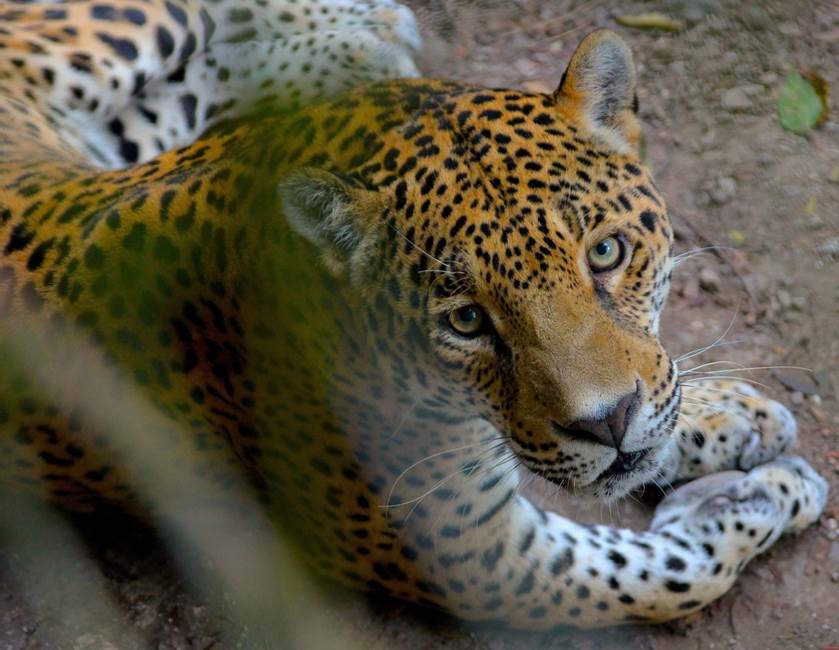- An impermeable border wall along the U.S.-Mexico border, as proposed by the Trump Administration, is expected to harm the border region’s wildlife and natural communities.
- Technologies exist that can help planners and decision-makers design a border control system that controls human movement without harming the natural movement of wildlife, water, and essential nutrients across the landscape.
- Without accommodations for wildlife, even the most innovative technology cannot prevent the negative impacts of a cement wall on the ecosystems of the American southwest.
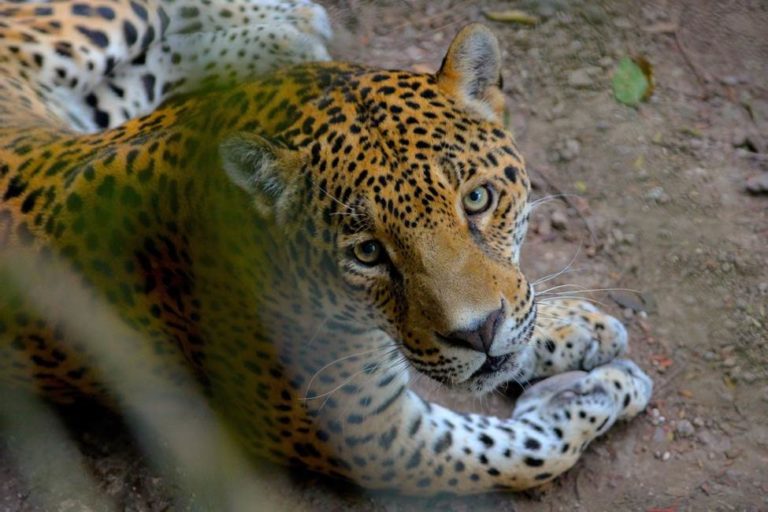
It has been several months since the rare image of a jaguar was captured by a camera trap located along the Ft. Huachuca Trail in Arizona. It was the second sighting of a jaguar in the region, after the first solitary male, named “El Jefe”, was seen roaming the mountains of Arizona. A glimpse of the elusive cats, who move across wide territorial ranges, provides hope for the return of jaguars to the American Southwest after decades of their absence in the region. But such optimism is undermined by the fact that the only documented individuals are both males, their closest female counterparts residing in Mexico — across a border that may soon be blockaded by a 30-foot cement wall.
The myriad borders and boundaries humans have constructed fragment the landscape and take their toll on wildlife populations. The failure to consider the natural processes that sustain them is reflected in the recent proposal to fortify the U.S.-Mexico border with an impermeable boundary that, if fully built, would block the north-south movement of wildlife across at least 1,000 miles that the wall would span. The wall would be built across a variety of biomes and could affect over 100 different endangered species.
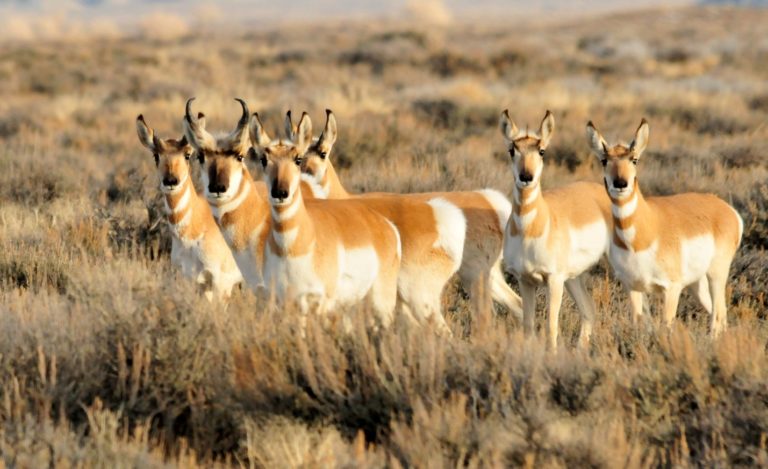
A diversity of geographic and ecological features span the 2,000-mile border between the two countries. Six wildlife refuges and six national parks lie within 100 miles of the border. A border wall would bisect the Sierra Madre mountains, as well as Big Bend National Park in Texas and Cañon de Santa Elena National Park in Mexico. A recent Vox article describes these and various other ecological ramifications of the proposed border wall, demonstrating how the existing system of walls and fences along the border have been, and will continue to be, deeply detrimental to surrounding ecosystems.
In an interview with Mongabay-WildTech, Dr. Jan Schipper, the Field Conservation Research Director at the Arizona Center for Nature Conservation / Phoenix Zoo, discussed similar findings from his research on the movements of mammals and the effectiveness of wildlife corridors across the region.
“A hundred years ago, this landscape would have been connected by green strands of riparian vegetation bordering perennial rivers,” Schipper explained. “These gallery forests ran between and among the sky islands from the southern Colorado Plateau to the northern Sierra Madres, and include San Pedro, Santa Cruz, and San Bernadino, and were a natural corridor. Today the rivers have dried up from a long history of human impacts from groundwater pumping to grazing and other land uses, and the landscape is cut into small habitat fragments in a latticework of roads, fences, walls, canals, towns, powerlines, etc. Each of these dispersal barriers has a different effect on each species and creates a complex set of filters for who can move where.”
Technologies can play a role in reducing the severity and extent of these negative impacts. Satellite imagery, drones, and cryptic cameras help Schipper and other biologists better understand the habitats and migration patterns of key species. These same technologies also help border control forces detect people crossing the border illegally.
Schipper added, “We’re hoping [these large carnivores, like the jaguar and the wolf] will maintain connectivity between these historically very important landscapes…We mostly use camera traps to see what species are there and to evaluate wildlife community ecology across the region. It’s a large landscape, so we work a lot in collaboration with all of the other NGOs in the area to try and bring the best science to bear on issues surrounding landscape porosity – in other words, [on] what infrastructure filters what species.”
Alternative technological solutions to the border wall
Technology offers alternatives to the impermeable barrier of a concrete border wall that would satisfy the policy agenda to reduce illegal immigration into the United States without blocking the natural movements of wildlife and abiotic processes such as the flow of water, nutrients, and soil. Alternatives to a wall would combine permeable physical barriers with surveillance technologies, such as aerial monitoring via drones and ground sensors, radars, and cameras. In combination, these can detect humans and vehicles without obstructing animal movement.
One innovative technology that could replace impermeable barriers is the laser wall, which has recently been activated along the India-Pakistan border. These “infra-red and laser beam intrusion detection systems” behave like “virtual” fences, triggering an alarm when the IR or laser beam is broken. They would allow border patrols agents to monitor activity along the border while still being able to see through to the other side and assess potential threats, a feature that would be impossible through a solid concrete wall. Laser walls would detect human traffic without barring the movement of wildlife, and would be less damaging to the landscape than the extensive infrastructural impacts of a solid wall. These virtual walls would also be much easier and less costly to implement on the ground, especially across difficult terrain.
Another technological innovation, unmanned Tethered Aerostat Radar System (TARS), is currently being used to patrol the border.
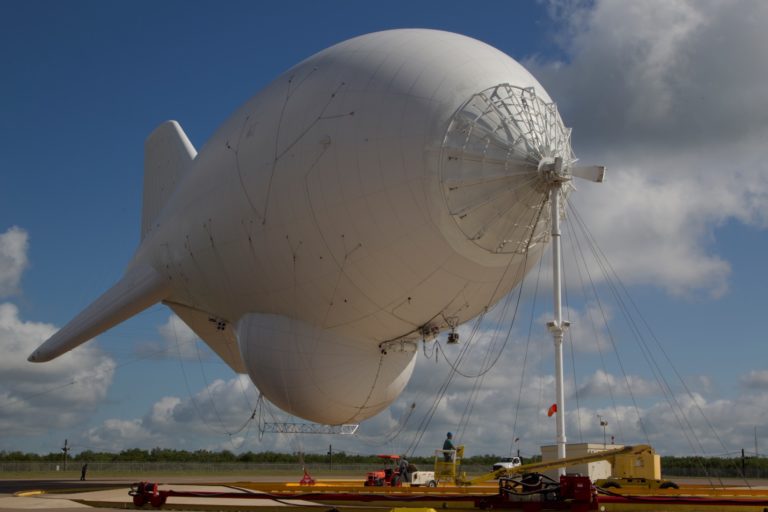
According to Rob Brown, Customs and Border Patrol (CBP) program manager for TARS (as quoted in a recent article), “The aerostats are aerodynamic balloons and fly like kites in the wind—no one pilots them…Raising radar and other sensors to high altitude boosts surveillance range, and the physical sight of an aerostat is a visual deterrent to illegal activity in the air and on the ground.”
Surveillance technology such as TARS and other aerostats would allow for the safe passage of jaguars, pumas, pronghorn, desert bighorn, ocelots, and other species across the border while allowing border agents to monitor the movement of people. The systems are also mobile and adaptable to different types of terrain and conditions, and they offer an aerial view of the situation on the ground across vast areas.
Combining infrastructure with technology
The border may be secured through a combination of surveillance technology and permeable infrastructure. Configuration of technologies in a given area would depend on the terrain, the species present, and security considerations.
Schipper also addressed the importance of working with the border patrol to find solutions that support both the tightening of border security and conservation efforts.
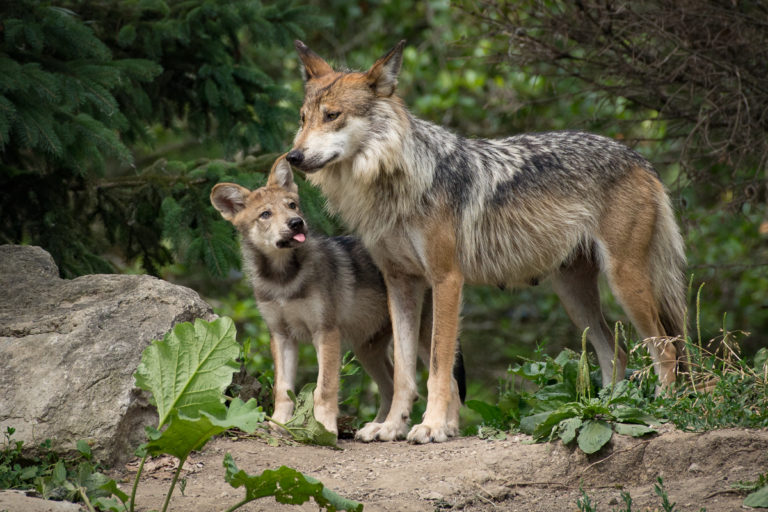
Permeable fences that allow sufficient open space through which wildlife can move, combined with cameras that monitor more open spaces along the fence, are technological innovations that are less costly, easier to maintain, and more appropriate for the realities on the ground.
“Currently, most of the wall isn’t a cement wall,” said Schipper. “Most of it is iron bars…in urban areas. And the rest…is cross bars, which is a ‘Normandy barrier’. Each one has a different porosity [that determines] who can move through it. It’s like putting this semi-permeable membrane along the entire barrier between U.S. and Mexico, and in some areas, everything can get through, and in [other] areas, only things with a certain head size that can squeeze through the bars can get through. In each area, [the porosity of the fencing] limits different species.”
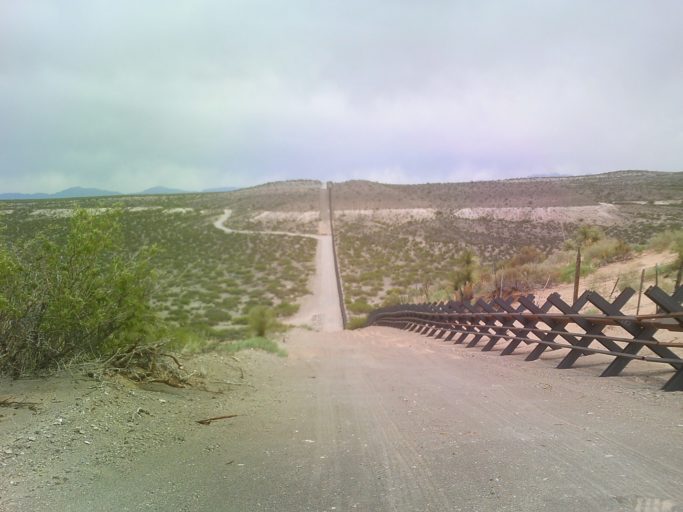
The importance of planning ahead
Schipper explained that many solutions addressing the limitations of infrastructure, such as leaving an 18-inch gap between the ground and the base of a fence to allow smaller mammals to pass underneath, are often taken into consideration “after the fact”. Once a wall is built, little can be done to accommodate for migrating species.
“You know, you can’t [use] taxpayer dollars to go back and fix an entire border wall,” he said.
And while technology is constantly improved and updated, a massive cement border wall would be in constant need of repair and reassessment.
His concern highlights the importance of bringing scientific knowledge to policy issues so that decision-makers are aware of the situation on the ground, which includes both the security and environmental considerations that might need to be taken into account.
“We could prevent some huge mistakes in the future from occurring, but [the high-level decision-makers] are only focusing on the human component of it,” stated Schipper. “I think [our team has] demonstrated that there are smarter solutions. I would see very little value in putting a huge cement wall over mountains and over cliffs, when you can use high-tech surveillance to do the same things for a lot less money…I think the biggest considerations that need to be taken into account are for people in the higher levels of decision-making to actually go on the ground, in the borderlands, and talk to the border control and ranchers, and everybody who lives with this issue on a daily basis.”
Assessing potential environmental and ecological impacts of the border wall and abiding by U.S. species protection regulations are first steps to ensuring that stronger security mechanisms are not detrimental to wildlife along the border. However, creating an open dialogue between researchers working along the border and key project decision-makers is far from easy, especially when the pressure to accelerate the wall’s construction is high.
“[To build the cement border wall] they’re going to have to waive all of the environmental regulations; they’re going to have to waive the Clean Water Act, Clean Air Act, Endangered Species Act…If we just complied by our own laws, using Environmental Impact Assessments…each section of the wall would have an automatic accommodation for native species in that area,” said Schipper.
Could technology offer solutions for wildlife in spite of wall’s obstruction of their movement? According to Schipper, even technology has its boundaries.
“The biggest impact would be if they don’t rely on that technology, instead they build the wall… When you have an impenetrable barrier like a wall, then you’d need technology just to see on the other side of the wall…which is dangerous.”
For the few jaguars, like El Jefe, roaming the United States, an impenetrable wall would mean permanent isolation – from potential mates, from the rest of the jaguar population that once migrated freely across the American southwest, and from the ecosystems that sustain them. And while technology provides innovation against challenges to wildlife conservation, a 30-foot wall may just be an obstacle far too formidable for a jaguar to face.
For more information:
Vox article on ecological impacts of the border wall
Scientific study by Jesse Lasky and collaborators on animal dispersal across the border:
Lasky, J. R., Jetz, W., & Keitt, T. H. (2011). Conservation biogeography of the US–Mexico border: a transcontinental risk assessment of barriers to animal dispersal. Diversity and Distributions, 17(4), 673-687. Chicago.
